You read that right; from a financial advisor that manages investments and portfolios. Maybe better said though, “Your investment portfolio won’t get you anywhere, by itself.”
Your investment portfolio is like an engine - by itself all it does is make a lot of noise and burn a lot of gas. An engine on a stand can’t take you anywhere, which is the whole point in the first place, right? You need to build the rest of the car around the engine to make it useful. (Give me a little leash here on this analogy for a bit.)
The Investment Portfolio: A Powerful Engine but Incomplete
Think of your investment portfolio like a high-performance engine—capable of generating momentum, creating energy, and driving you forward. Absolutely necessary, but not sufficient by its self. When built right, it's sophisticated, with multiple moving parts working in harmony: stocks, bonds, mutual funds, ETFs, all spinning together to create financial horsepower. But, it can’t get you anywhere by itself; it needs a complete vehicle built around it, with each component serving a specific purpose.
The Supporting Systems: Turning Potential into Progress
1. Cash Flow Management: The Fuel System
Just as a car requires a consistent, quality fuel supply, your financial engine needs a robust cash flow management system. This isn't just about how much you earn, but how strategically you leverage those earnings.
- Are you saving enough into your long-term investment engine to get you to work optional?
- Are you managing expenses efficiently?
- Are you deliberately creating surplus that can be redirected as opportunities come up?
2. Risk Management: The Protective Chassis
No high-performance vehicle operates without protection systems. These are your seatbelts, brakes, airbags. In financial terms, this means protecting yourself for big hits to your potential stability with the right insurance and emergency preparedness.
- Life insurance protects your family's financial future
- Disability insurance safeguards your income-generating capacity
- Emergency funds act like a robust chassis, absorbing unexpected financial shocks
These protective systems prevent a single catastrophic event from completely derailing your financial journey.
3. Tax Planning: The Precision Engineering
Taxes are the ultimate friction in financial planning. A universal truth that is best accepted, but planned for, looking for proactive ways to minimize that friction, maximizing efficiency. Strategic tax management can dramatically improve your financial machine's performance. This is one of the biggest (but certainly not the coolest) levers that you can use to make a difference in reaching your goals.
- Utilizing tax-advantaged accounts
- Implementing tax-loss harvesting strategies
- Understanding how different investments are taxed
- Being proactive, strategic, with asset location of assets
Effective tax planning is like fine-tuning your engine for peak performance, reducing unnecessary energy loss.
4. Building a Vision: The Navigation System
Your investment engine needs clear, strategic direction. Having a vision of what you want to design your life towards is your financial GPS; you need to give each dollar in your finances a specific purpose. With that you can transform your fuel and raw power into purposeful movement.
It starts with your Statement of Financial Purpose - Your unique 1-2 sentence statement that says why you are doing all of this (earning money) in the first place. Why is money important to me? Why am I working so hard? For what purpose? How would I describe a life well-lived? This is that big picture vision that drives everything else. Managing your finances with intention and purpose, defining what your version of real wealth looks like. And every individual’s and family’s is unique to what they want out of life! Some examples of simple but clear examples:
- "Money's purpose in our lives is to allow us to spend quality, connected time together as a family"
- "Money's purpose in my life is to support a calm, fulfilling, and enjoyable lifestyle"
- “To serve in our community making it a better place for others”
Then just like a GPS you have different turns and waypoints along the way to your final destination. These are the tactical decisions and steps to make progress.
Tactical waypoints may look like:
- Building an emergency fund
- Building up your cash to fund education to enable a career change
- Investment and savings plan
- Children’s education funding plan
5. Estate Planning: The Legacy Transmission
Estate planning ensures that your financial momentum continues beyond your personal journey if that’s a key value to you. It's like designing a transmission that can transfer your vehicle's power and momentum to future generations.
- Wills and trusts
- Strategic asset allocation
- Minimizing estate taxes
- Clear giving strategies that start during your lifetime and extend beyond it as well.
Integrating the Systems: Real Financial Planning
The magic happens when these systems work in concert; taking a system level approach, always keeping in mind the purpose of the whole thing in the first place (going right back to your Statement of Financial Purpose!). Integration of the seemingly disparate components, continuous monitoring, periodic re-calibration, and being adaptable to changing conditions.
No two financial journeys are identical. Your financial vehicle must be custom-engineered to your:
- Unique life circumstances
- Specific dreams and aspirations
- Individual family dynamics
Your investment portfolio (the engine) generates power. Cash flow management fuels it. Risk management protects it. Tax planning optimizes it. Your Vision guides it. Estate planning ensures its legacy.
